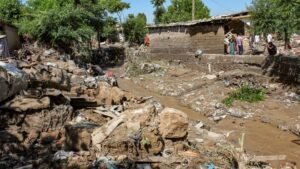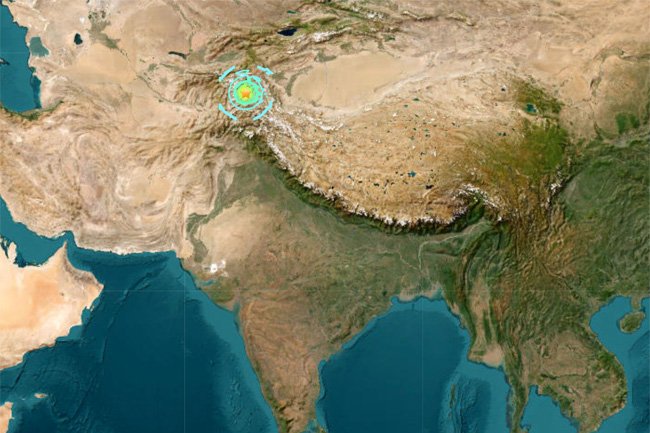On February 23, 2023, a magnitude 6.8 earthquake struck a remote region of Tajikistan, a mountainous country in Central Asia. The earthquake, which was centered in the Murghab district of the Gorno-Badakhshan Autonomous Region, was felt across a wide swath of the country and in neighboring Afghanistan and Kyrgyzstan.

The earthquake caused significant damage to buildings and infrastructure in the affected region. According to reports, at least 25 people were killed and dozens more injured, and many homes and businesses were destroyed. Rescue workers and emergency responders rushed to the scene to provide aid and assess the extent of the damage.
The earthquake also caused landslides and blocked several roads, making it difficult for rescue workers to reach affected areas. The rugged terrain of the region, which is home to some of the highest mountains in the world, further complicated rescue efforts.
The earthquake highlights the vulnerability of Tajikistan and other countries in the region to seismic activity. Tajikistan is located near the intersection of several tectonic plates, and experiences frequent earthquakes as a result. In recent years, the country has experienced several significant earthquakes, including a magnitude 7.2 earthquake in 2015 that killed more than 20 people and damaged thousands of homes.
In the wake of the earthquake, the Tajik government has declared a state of emergency in the affected region and is providing assistance to those in need. International aid organizations, including the United Nations and the Red Cross, are also providing support to affected communities.

The earthquake serves as a reminder of the importance of disaster preparedness and emergency response efforts in vulnerable regions. In Tajikistan and other earthquake-prone countries, efforts to strengthen infrastructure and improve emergency response capabilities can help mitigate the impacts of earthquakes and other natural disasters.
As the people of Tajikistan work to recover from the earthquake and rebuild their communities, the international community stands ready to provide support and assistance. Through collaborative efforts and a commitment to disaster preparedness, we can help ensure that communities in earthquake-prone regions are better able to withstand and recover from natural disasters.


